My trip to Berlin was too short, three days, and it also didn’t exactly go as expected. The reason for my trip was to meet a famous German disability activist, Raul Krauthausen. His website (in German) is here, if you are curious: https://raul.de/. The day before my trip, Raul broke his leg and is now in bed for three weeks. He gave me the contact of a German group composed of musicians with disability, but it was last minute and nobody was available. So, my trip became a three days holiday. I stayed at a hotel close to Potsdamer Platz, well located, from where I could roll almost everywhere. The first evening, I was already wandering around.
Brandenburger Tor

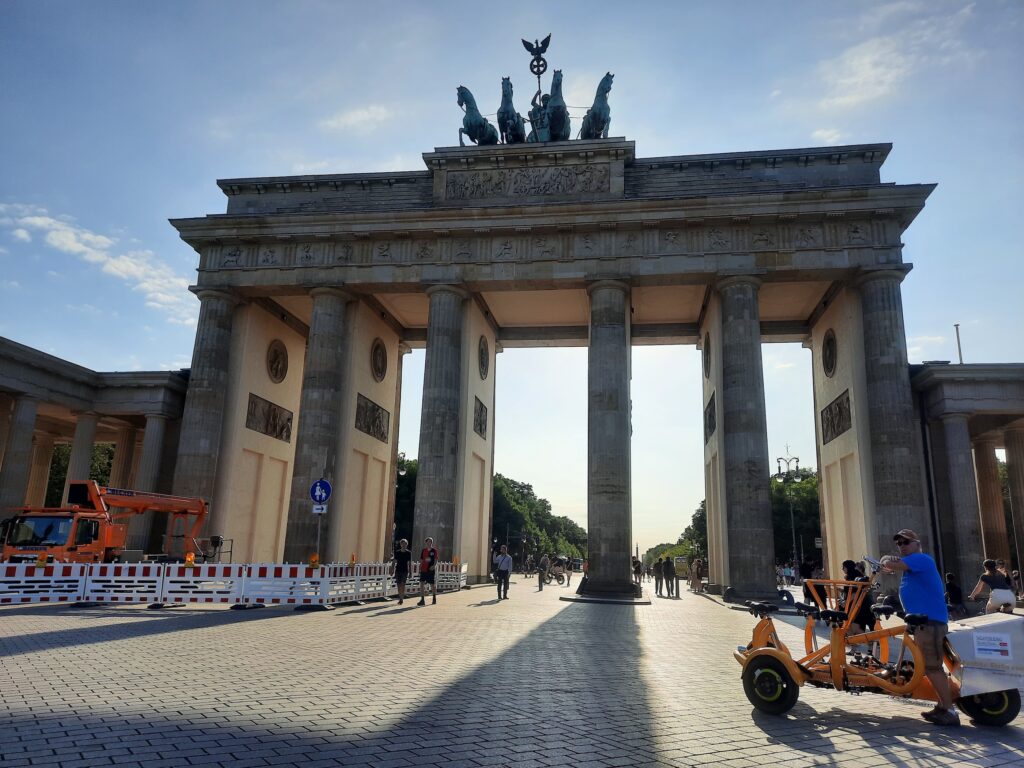

Memorial to the Murdered Jews of Europe


German Spy Museum (related to the Wall period)


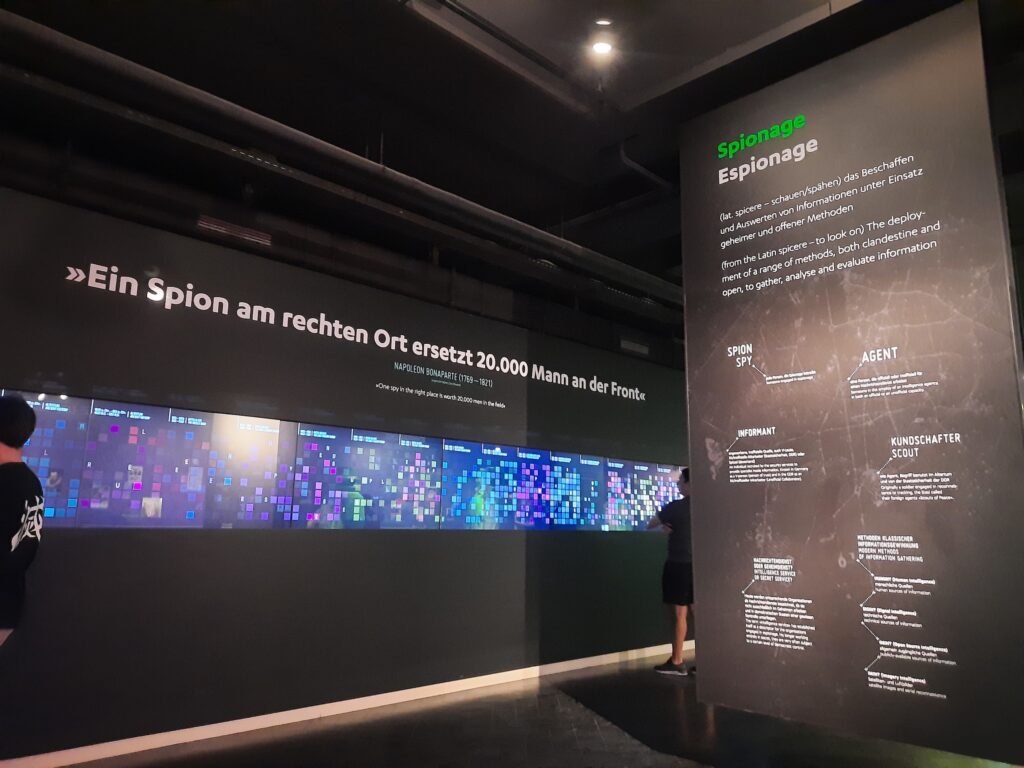
Nice view from my hotel during dinner time.

The next day, thanks to the Greeters, an association of volunteers giving free tours of cities all around the world, I met a Berliner who lives in the Kreuzberg (X-Berg) neighbourhood shared by artists, immigrants, LGBT communities, and other communities of all types. I had to take the subway to go to our meeting point. It was easier than London, but there are less accessible stations.
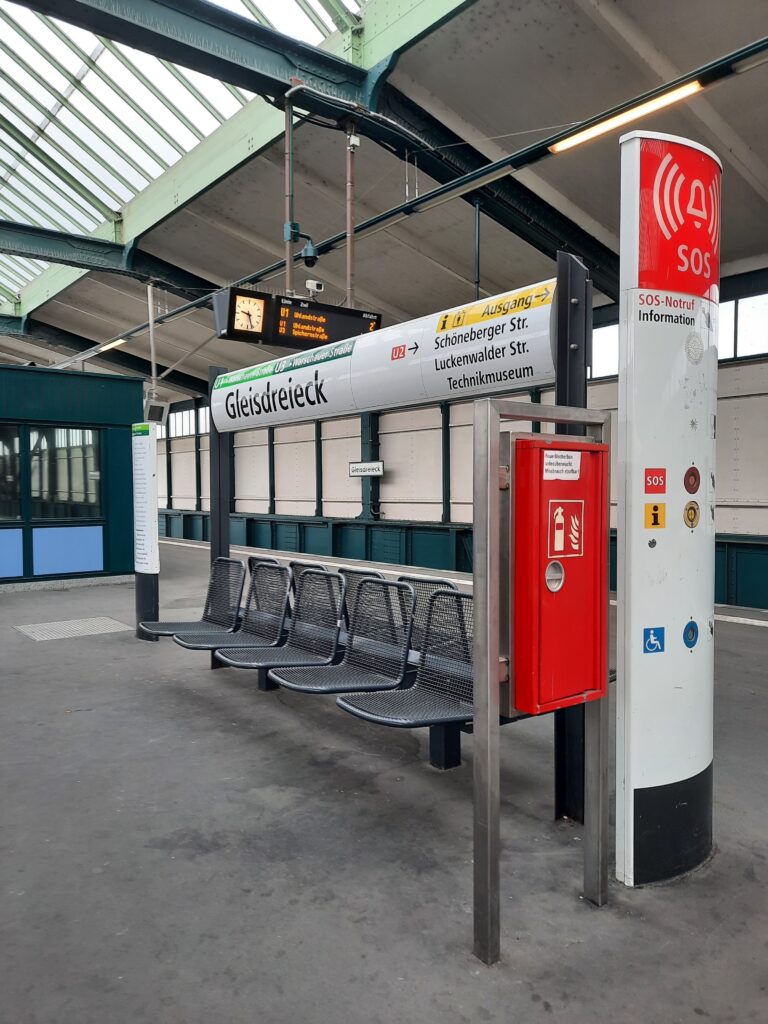
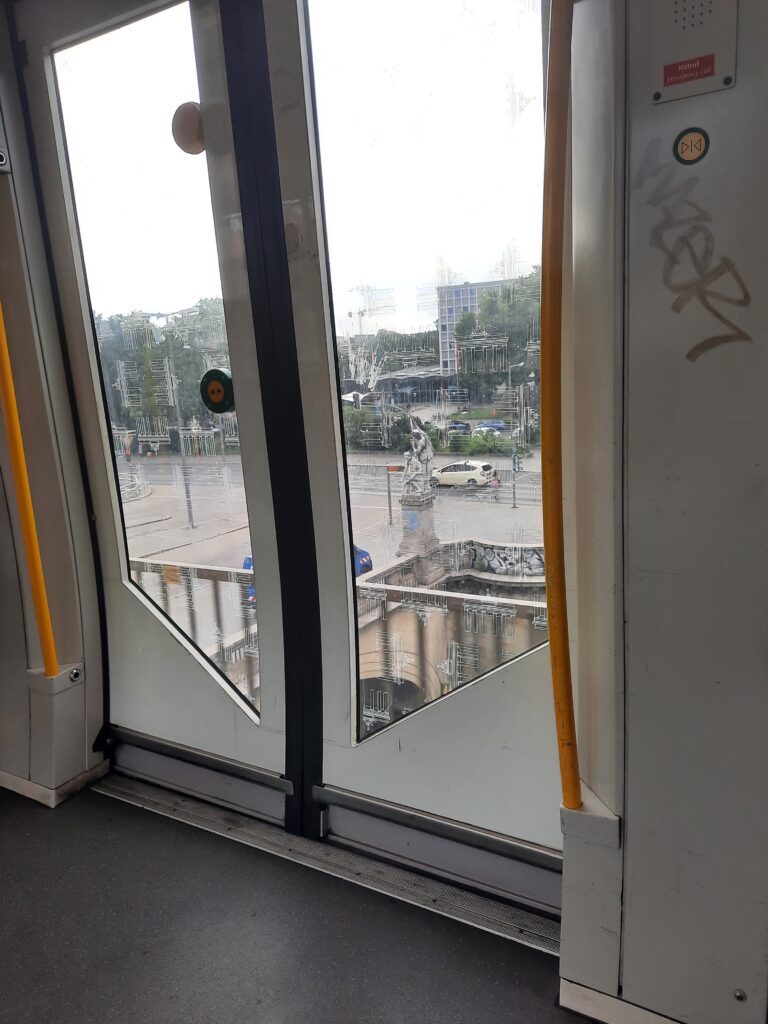
My guide, Peter, is a philosophy teacher and a juggler 🙂 He lives in the neighbourhood since his childhood. He had lots of stories about life in Berlin during the Wall period, and even before from his parents and grandparents. I love history and with him I was served, every time we were going to a new block there was an associated story. Here is what Kreuzberg looks like in a nutshell.


A park where the wall was in the past. The part where the sand is used to be an empty space, and the part where the trees and flowers are used to be the wall separating East and West Berlin. Also, Peter juggling.





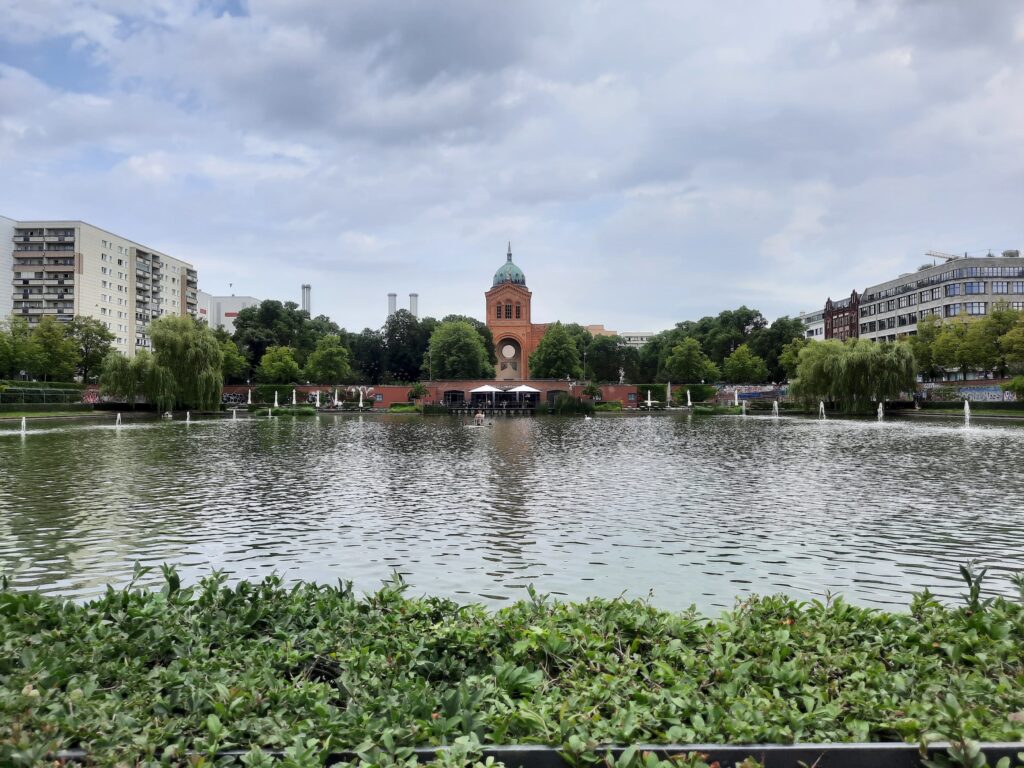


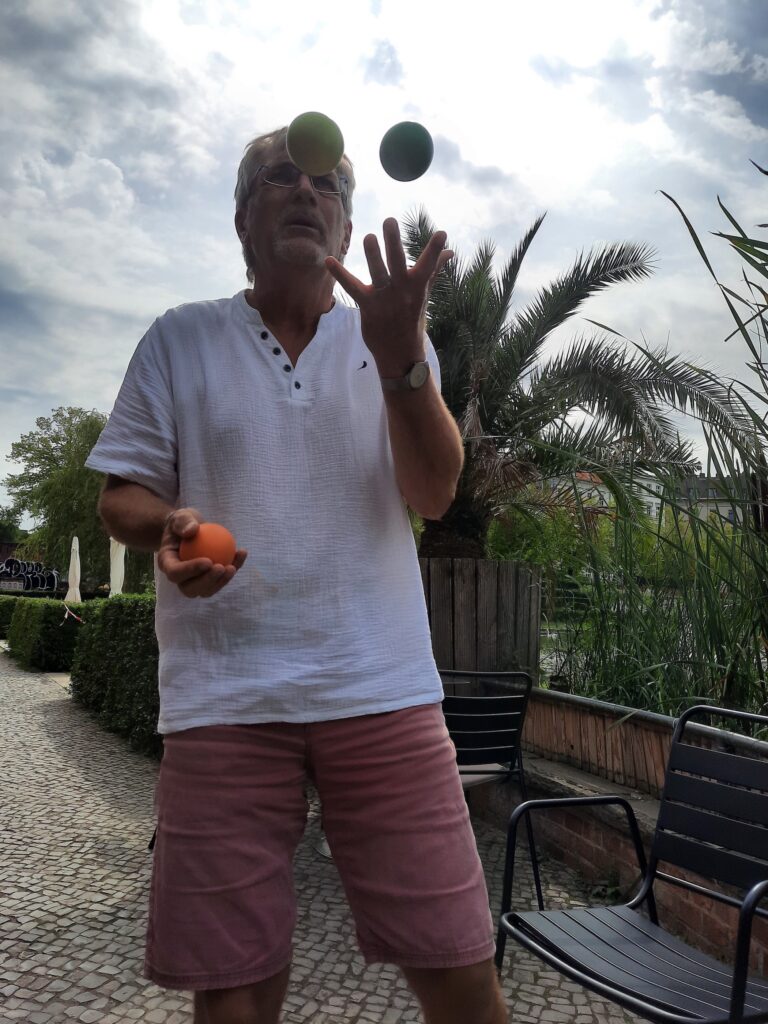
The first industrial complex of the neighbourhood that allowed Berliner from West and East to work together. They kept it exactly how it was during the Wall period, including the elevators 🙂 The painting in grey on the centre gives an overview of what the wall looked like from this side of the street. It is located just above the park in the previous pictures.

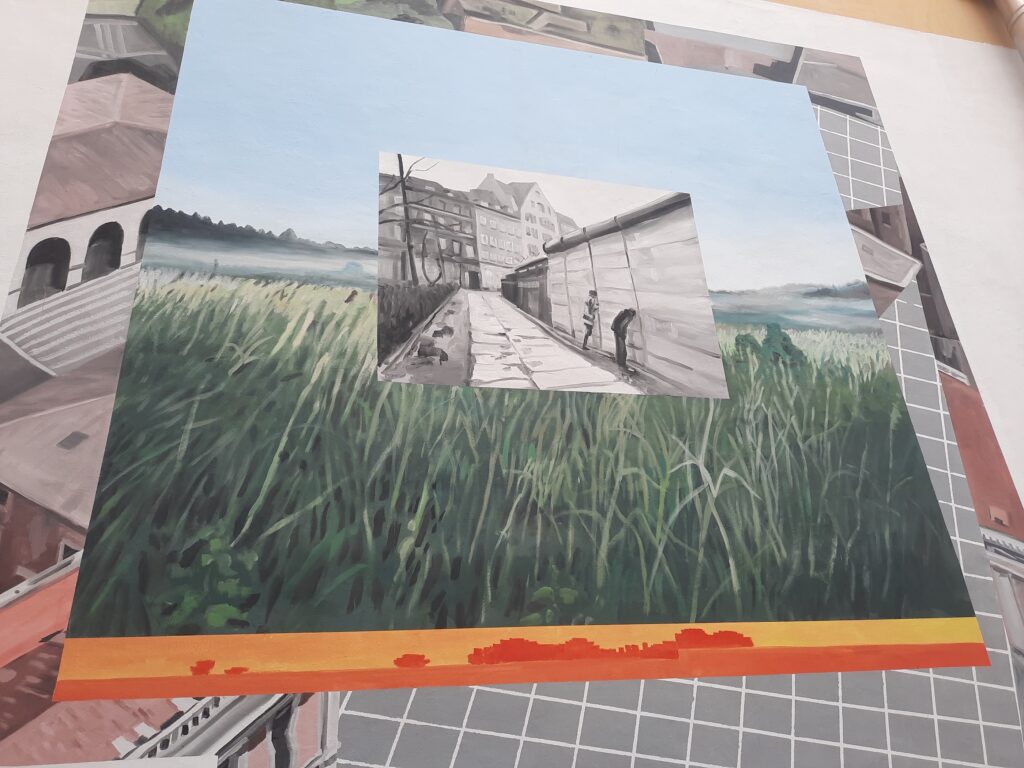


Surprisingly, there is a hidden zoo in the neighbourhood, with some inhabitants in caravans. The zoo and the piece of land are all maintained by the people living on it, voluntarily. There is also a great playground for children with lots of tricycles and a giant sandbox. And a lovely park around.


Other parks are less lovely but funny. The first picture shows a wooden panel giving the rules of the property. Next to it, there was an entrance to an abandoned building with “No photos, no police” written on it. The second picture is related to the story of a house in a tree that were built during the wall period and then disputed between East and West since it was not really clear where it belonged. But the owner, who died a few years ago, continued building it with material found on the street. Unfortunately the explanations and pictures have suffered from the lack of maintenance.


Other pictures of the neighbourhood. In many cities in Germany, copper plates give the names of people who were deported during WWII.



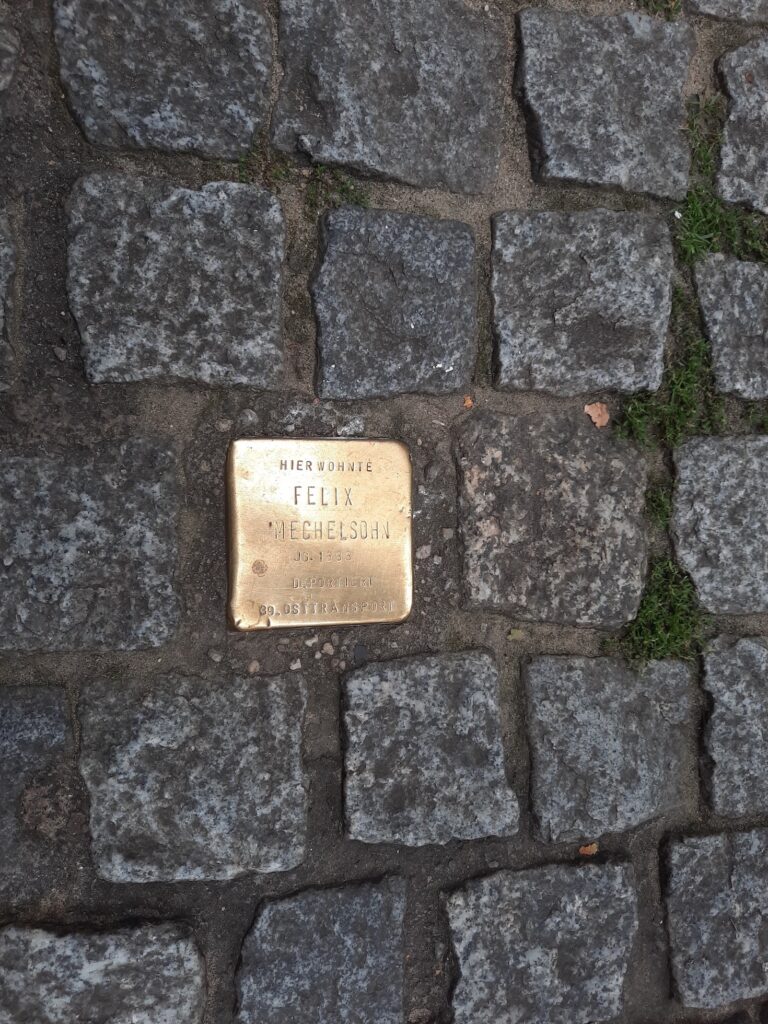
On the other side of Kreuzberg, going back toward my hotel, I visited the Jewish Museum. The big columns outside somewhat remind the Memorial to the Murdered Jews of Europe but way bigger. I could not go further, there are many cobblestones there.







I also went to Checkpoint Charlie. At the time when Berlin was divided between Russian, French, American and German territories, people needed to go through this checkpoint to enter the American part. After the wall was destroyed, this checkpoint was removed, but it was put back for remembrance purposes. It is now more a touristic attraction than a remembrance place but it has its part in history. Just in front of it, a portrait of a Russian soldier. This corner is part of the Wall Museum. There are several wall museums in the city, and the one close to Checkpoint Charlie is the main one, but unfortunately it is not accessible.







Fortunately, the one at Postdamer Platz was accessible, and full of stories and pictures.



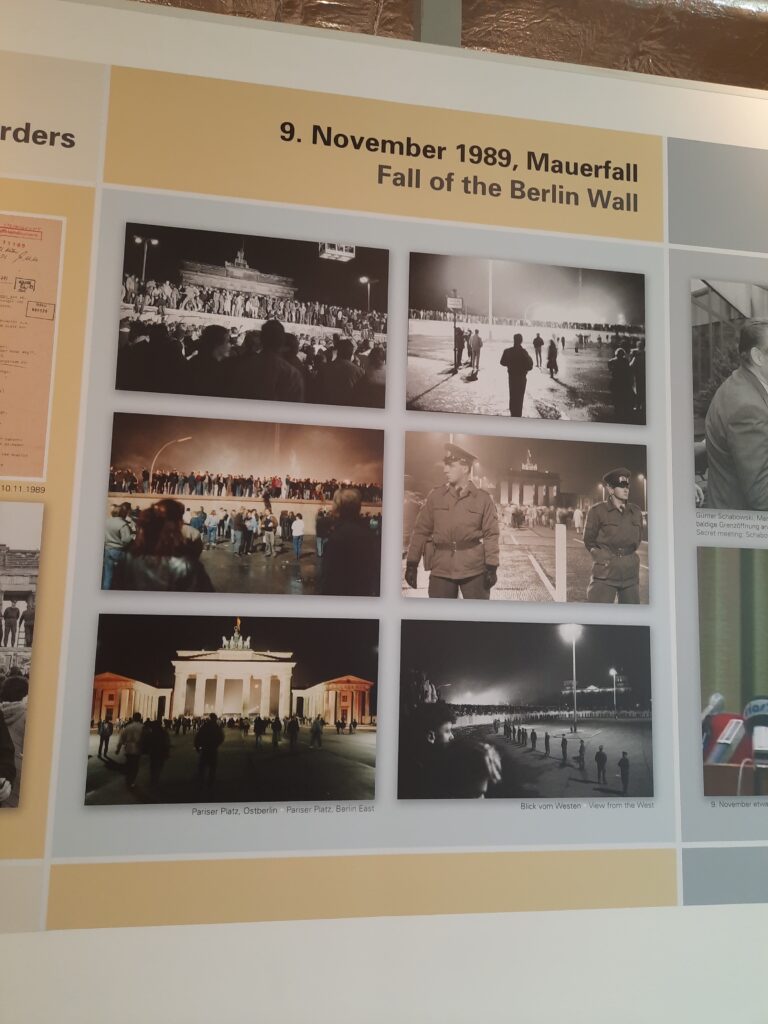


I saw an exhibition showing the evolution of music in Germany across the ages.








Close to Brandenburger Tor, a park leads to the Beethoven-Mozart-Haydn monument. I had to go see it, right?






I finished by a last sightseeing walk: Bundestag, Budesrat, and a last view on Brandenburger Tor.

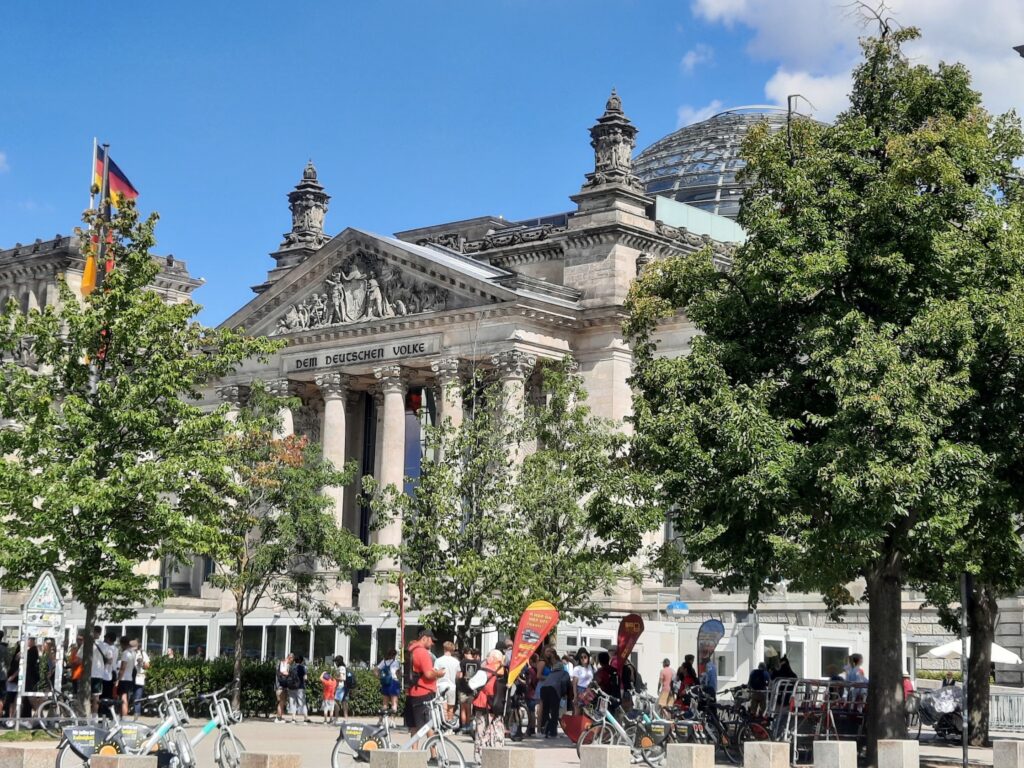


That was a short but intense trip. I am late in my trip reports, I just arrived in Switzerland but still have to tell you about my week in Bonn just before. Stay tuned!
